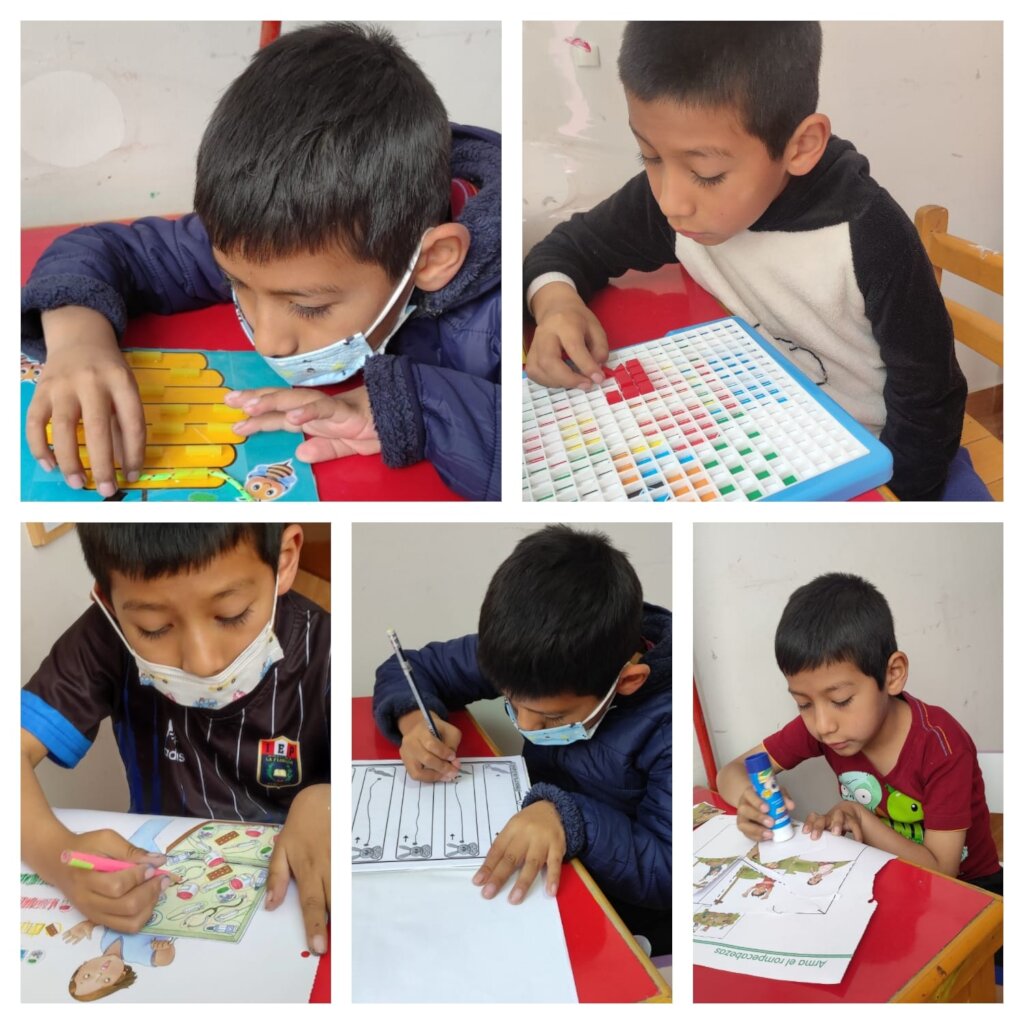By Liseth Anaya | Psychologist
Inclusive education: a model to get from the utopian to reality
Dreaming of a world where everyone receives the same quality education may seem utopian, but with a group of efforts it can be achieved, and this would not only benefit vulnerable groups, such as children and adolescents with disabilities, who are on the move (migrants and refugees), those belonging to indigenous populations and those living in remote communities and/or vulnerable urban areas, but would make our society a better and richer for all. Inclusive education is the model that seeks to meet the learning needs of all children, youth and adults with special emphasis on those who are vulnerable to marginalization and social exclusion.
The Wasi Esperanza Inclusive Education service aims to be a brick in the great construction of the inclusive education model, which, if achieved, would allow quality education for all our children and adolescents and in the same way would provide them with various opportunities for their development. This service ensures educational inclusion, which is why activities are carried out together with the educational institutions where our users study, it is also responsible for providing support to families to achieve the correct incorporation into regular school.
A very special case belonging to this service is Christofer , a 7-year-old boy who studied his first year of primary school in a regular school. His cerebral palsy did not prevent him from adapting to an educational system, but he, along with his mother, had to deal with several obstacles to his proper educational inclusion. The mother made an effort to make her rights and her son’s rights prevail, thus achieving his timely enrollment, she was also oriented on the process, regulations and laws. In addition, contact was made with his classroom teacher, to sensitize her and promote an appropriate environment for Christofer's development.
Distraction and inattention were the first problems that Christofer had in the classroom since the beginning of classes, and through games and playful activities in the inclusive education sessions, his concentration was modified, which was also transferred to the classroom and that allowed him to attend the classes and can have the notebooks matched. In addition, they were reinforced with topics such as fine motor skills (writing and drawing lines), numbers, vowels, colors, and the correct use of scissors, activities that are very necessary for adequate academic performance.
Difficulties were also noted in his articulate language, for which reason praxies, songs, and tongue twisters began to be performed to stimulate his language, which allowed him to be better understood and to be able to communicate what he wanted.
For this year, when he enters the second grade, it is proposed to develop a plan to adapt to his needs, also considering his strengths, which would be shared with the classroom teacher, so that he can adapt the curriculum and better focus the learning of Christopher.
Links:
Project reports on GlobalGiving are posted directly to globalgiving.org by Project Leaders as they are completed, generally every 3-4 months. To protect the integrity of these documents, GlobalGiving does not alter them; therefore you may find some language or formatting issues.
If you donate to this project or have donated to this project, you can receive an email when this project posts a report. You can also subscribe for reports without donating.
Support this important cause by creating a personalized fundraising page.
Start a Fundraiser
